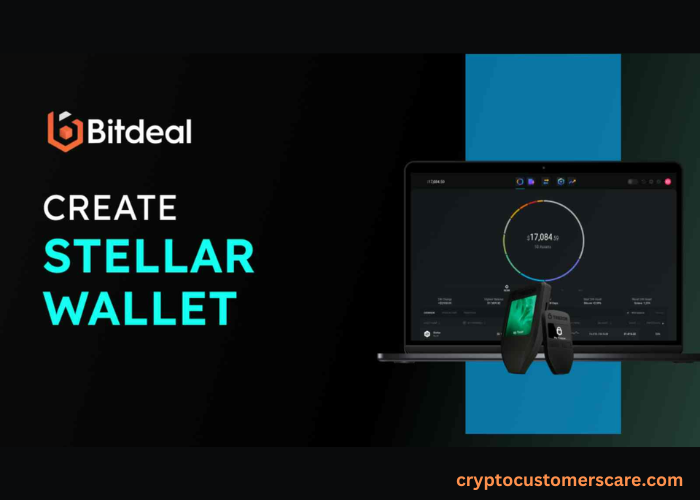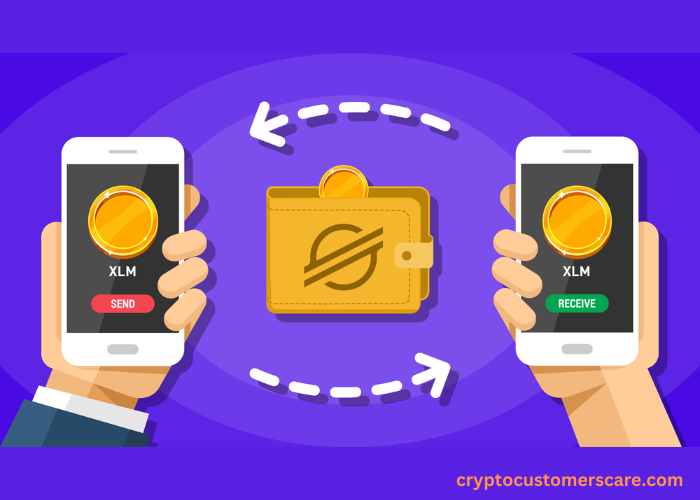In the ever-evolving world of cryptocurrency, it is essential to keep your digital assets secure. One of the most reliable ways to achieve this is by using a USB crypto wallet. These wallets provide a secure and convenient method to store and manage your cryptocurrencies offline. In this article, we will explore the benefits and intricacies of USB crypto wallets and guide you through the process of creating one in 2024.
Why Use a USB Crypto Wallet in 2024?
The year 2024 promises to be an exciting time for cryptocurrencies. With the increased adoption and mainstream recognition, the need for secure storage solutions becomes paramount. USB crypto wallets offer several advantages, making them an ideal choice for crypto enthusiasts and investors.
Firstly, USB crypto wallets provide offline storage, also known as cold storage. This means that your private keys, which grant access to your cryptocurrencies, are stored offline and are not susceptible to online threats such as hacking or malware attacks. By keeping your private keys offline, you significantly reduce the risk of unauthorized access to your digital assets.
Secondly, USB crypto wallets are portable and easy to use. You can carry your USB wallet with you wherever you go, ensuring that your cryptocurrencies are always within your reach. Additionally, the user-friendly interfaces of these wallets make it simple even for beginners to navigate and manage their digital assets effectively.
Understanding the Basics of Cryptocurrency
Before delving into the world of USB crypto wallets, it is crucial to have a basic understanding of cryptocurrency. In simple terms, cryptocurrency is a digital or virtual form of currency that relies on cryptography for security. It operates independently of any central authority, such as banks or governments, making it decentralized and transparent.
Cryptocurrencies are stored in digital wallets, which can either be hot wallets or cold wallets. Hot wallets are connected to the internet, making them more susceptible to cyber threats, while cold wallets, such as USB crypto wallets, are offline and offer enhanced security. To use a USB crypto wallet, you need to generate a unique set of cryptographic keys, consisting of a public key and a private key. The public key is used to receive funds, while the private key is required to access and transfer the funds.
Choosing the Right USB Crypto Wallet for 2024
With the growing popularity of cryptocurrencies, the market is flooded with various USB crypto wallets. Selecting the right one can be overwhelming, but there are a few factors to consider to ensure you make an informed decision.
Firstly, compatibility is crucial. Check if the USB crypto wallet supports the cryptocurrencies you own or plan to invest in. Some wallets are compatible with a wide range of cryptocurrencies, while others have limited support.
Secondly, security features should be a top priority. Look for USB crypto wallets that offer advanced encryption, two-factor authentication, and backup options. These features will add an extra layer of protection to your digital assets.
Lastly, consider the user interface and ease of use. A USB crypto wallet with a user-friendly interface will make it simpler for you to manage your cryptocurrencies effectively.
Step-by-Step Guide to Creating a USB Crypto Wallet
Now that you understand the importance of USB crypto wallets and how to choose the right one let’s dive into the step-by-step process of creating a USB crypto wallet in 2024.
- Purchase a USB crypto wallet: Choose a reputable brand and order a USB crypto wallet that suits your requirements.
- Install the wallet software: Once you receive the USB crypto wallet, connect it to your computer and install the wallet software provided by the manufacturer.
- Set up the wallet: Follow the on-screen instructions to set up your USB crypto wallet. This usually involves generating a new wallet and creating a strong passphrase.
- Backup your wallet: After setting up your USB crypto wallet, it is crucial to create a backup. Most wallets offer a backup option, allowing you to save a copy of your wallet’s private keys in a secure location.
- Receive cryptocurrencies: To receive cryptocurrencies, share your public address with the sender. This address acts as your unique identifier, allowing others to send funds to your wallet.
- Send cryptocurrencies: If you wish to transfer cryptocurrencies from your USB crypto wallet, access the wallet software, enter the recipient’s public address, and specify the amount to be sent.
- Keep your USB crypto wallet secure: After creating and using your USB crypto wallet, it is vital to keep it secure. Store it in a safe place, away from potential physical damage or theft.
Securing Your USB Crypto Wallet in 2024
To ensure the utmost security of your USB crypto wallet in 2024, following certain practices is essential.
Firstly, always keep your wallet software up to date. Manufacturers often release software updates to fix any vulnerabilities or bugs that may be present. By regularly updating your wallet software, you stay protected from potential security threats.
Secondly, enable two-factor authentication (2FA) whenever possible. This adds an extra layer of security by requiring a second form of verification, such as a verification code sent to your mobile device, in addition to your passphrase.
Lastly, consider using a hardware encryption device to further secure your USB crypto wallet. Hardware encryption devices provide an additional layer of protection by encrypting the data stored on your USB wallet.
Best Practices for Using a USB Crypto Wallet
To make the most out of your USB crypto wallet, here are some best practices to follow:
- Keep your wallet passphrase secure: Your wallet passphrase is your key to accessing your cryptocurrencies. Memorize it or store it in a secure location away from prying eyes.
- Regularly backup your wallet: As mentioned earlier, creating regular backups of your USB crypto wallet is crucial. Store these backups in multiple secure locations to ensure redundancy.
- Be cautious of phishing attempts: Hackers often use phishing emails or websites to trick users into revealing their wallet credentials. Be vigilant and only enter your wallet information on trusted websites.
- Educate yourself: Stay updated with the latest trends and news in the cryptocurrency industry. This will help you make informed decisions and stay ahead of potential risks or scams.
Future Trends in USB Crypto Wallets
As technology continues to advance, USB crypto wallets are also expected to evolve. In the future, we can expect to see enhanced security features, improved user interfaces, and increased compatibility with a wide range of cryptocurrencies. Additionally, advancements in biometric authentication, such as fingerprint or facial recognition, may be incorporated into USB crypto wallets, further enhancing their security.
Risks and Precautions to Consider
While USB crypto wallets provide excellent security for your digital assets, it is essential to be aware of potential risks and take necessary precautions. Some risks include physical damage or loss of the USB wallet, forgetting or losing the wallet passphrase, or falling victim to phishing attempts. To mitigate these risks, always keep your USB wallet in a safe and secure location, create multiple backups of your wallet, and stay vigilant against phishing attempts.
Conclusion
Creating a USB crypto wallet in 2024 is a wise decision to safeguard your digital assets. By following the step-by-step guide and implementing best practices, you can ensure the security and accessibility of your cryptocurrencies. Remember to choose a reputable USB crypto wallet, keep your wallet software up to date, and be cautious of potential risks. With the increasing adoption of cryptocurrencies, USB crypto wallets will continue to play a crucial role in providing a secure and convenient storage solution for years to come. Safeguard your future by creating a USB crypto wallet today!







